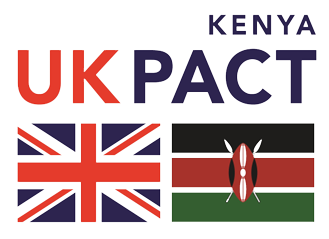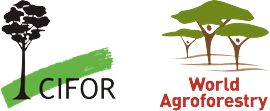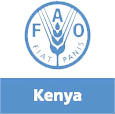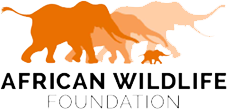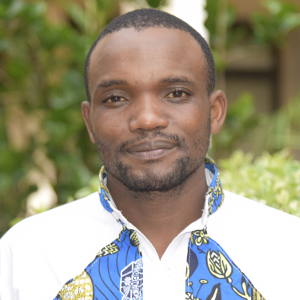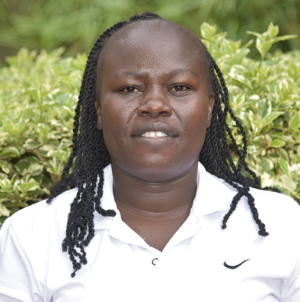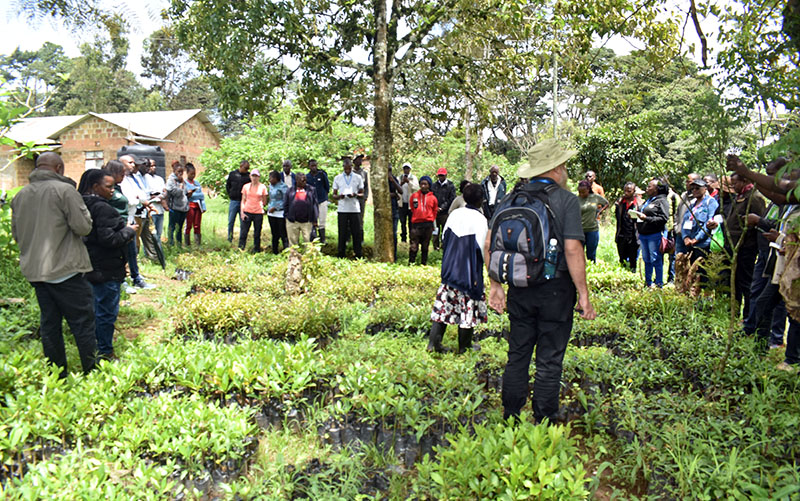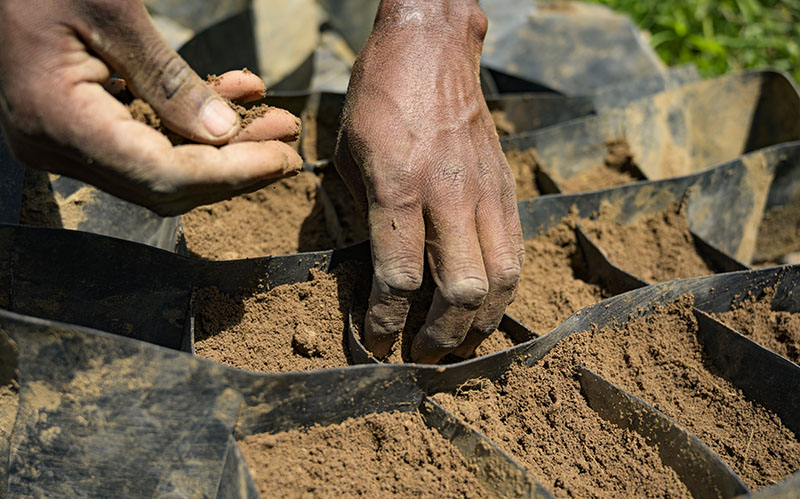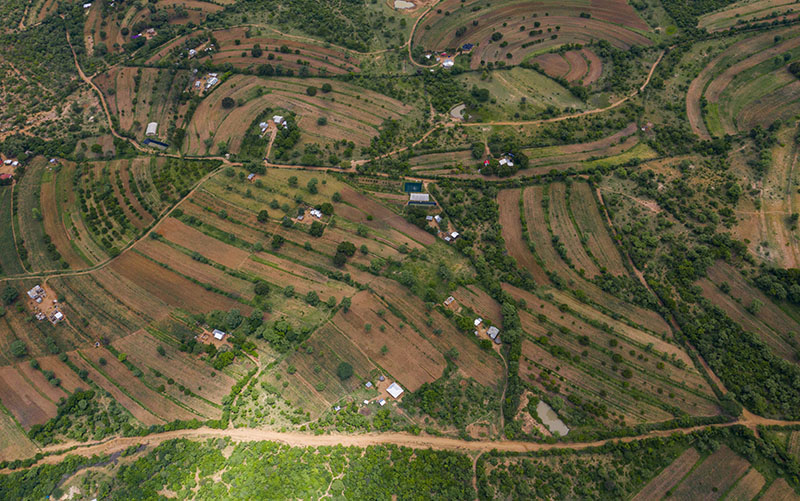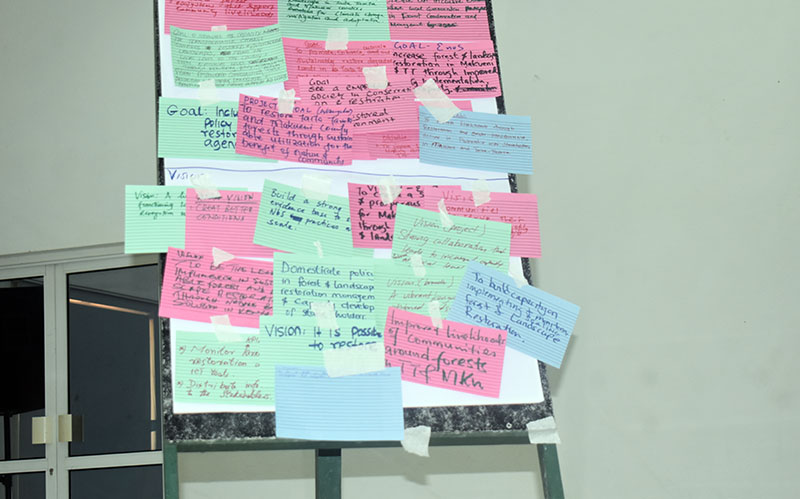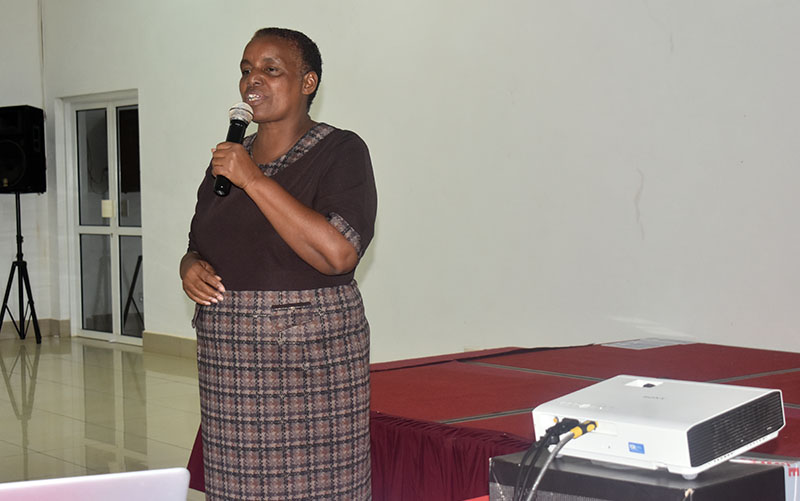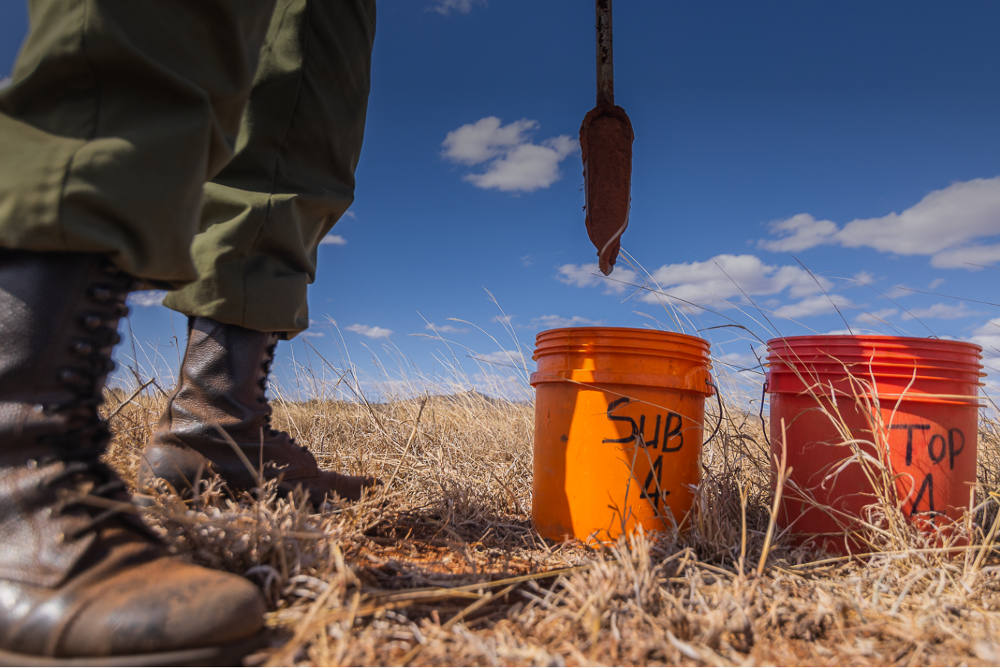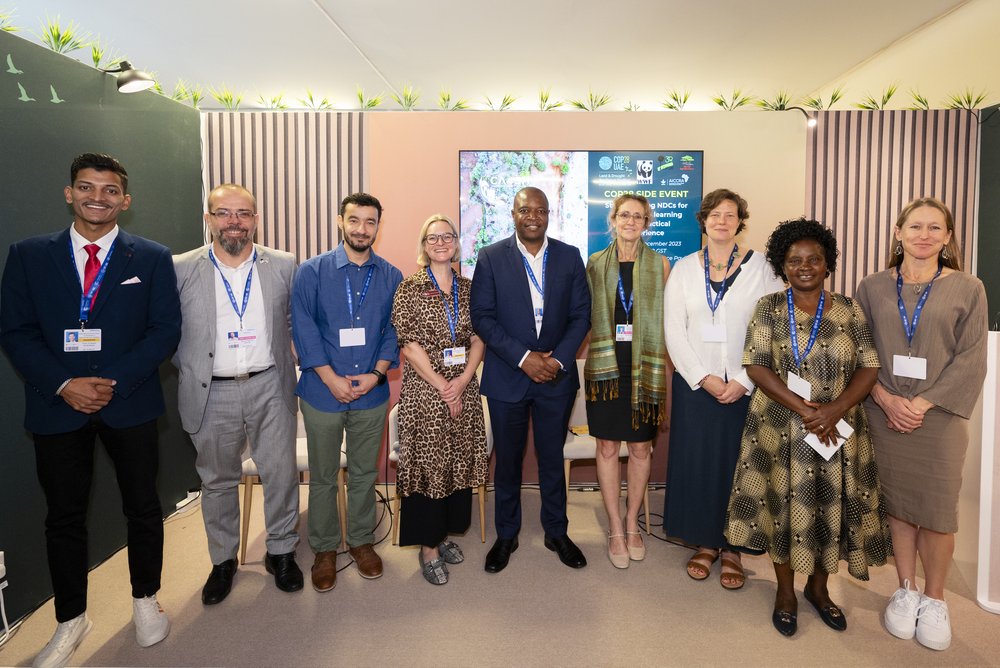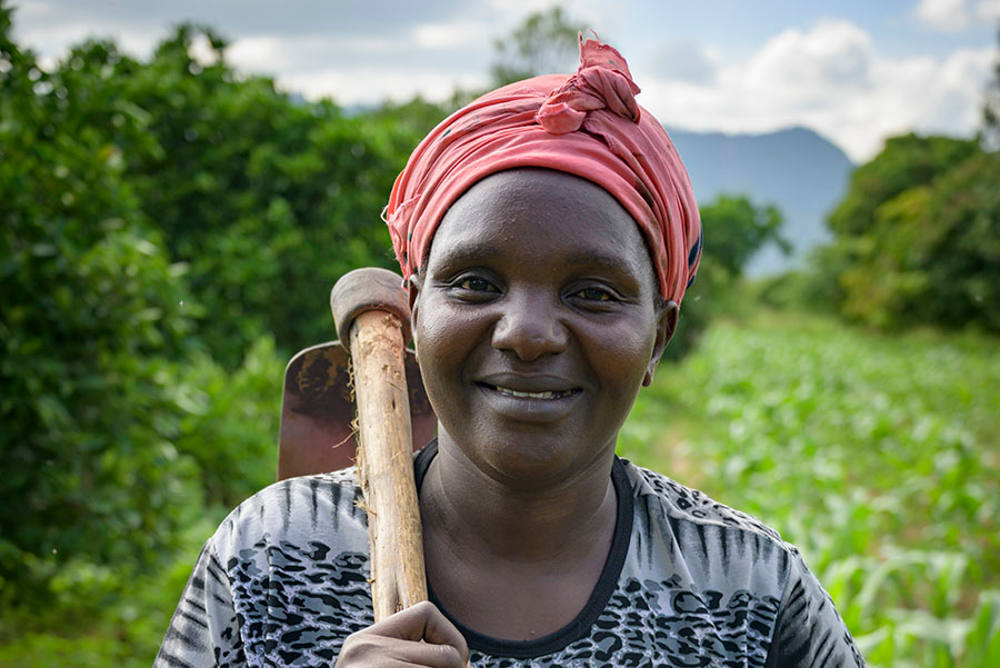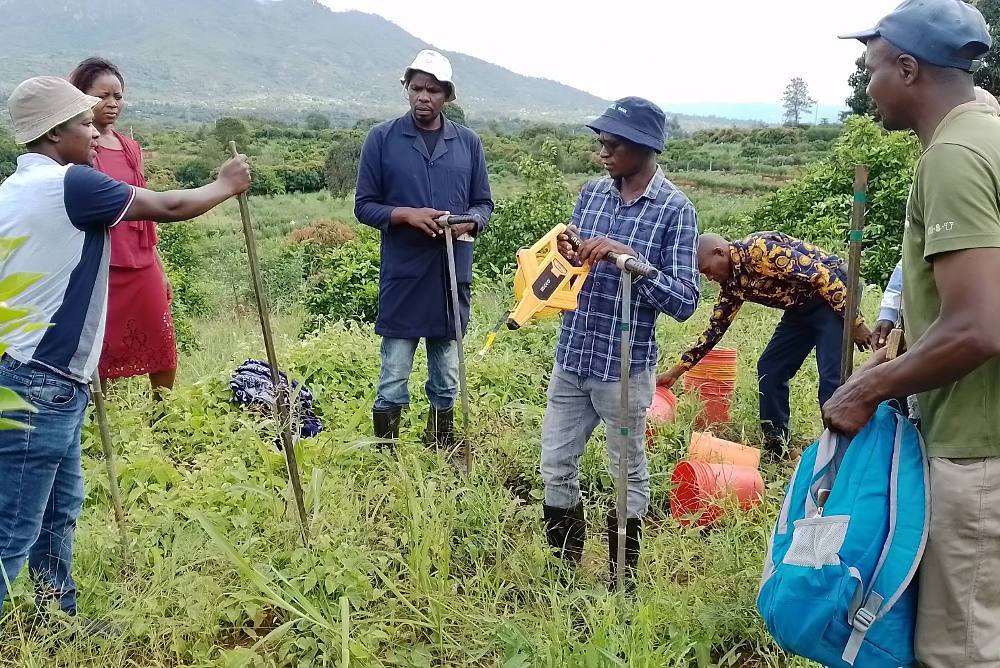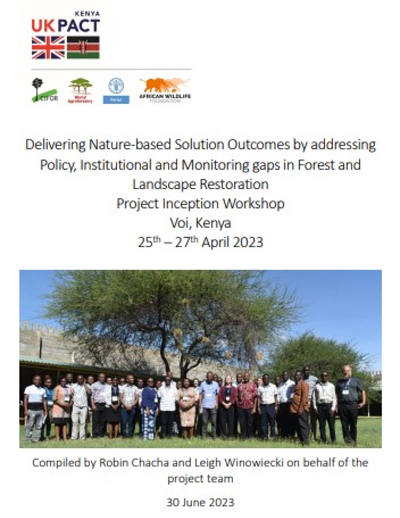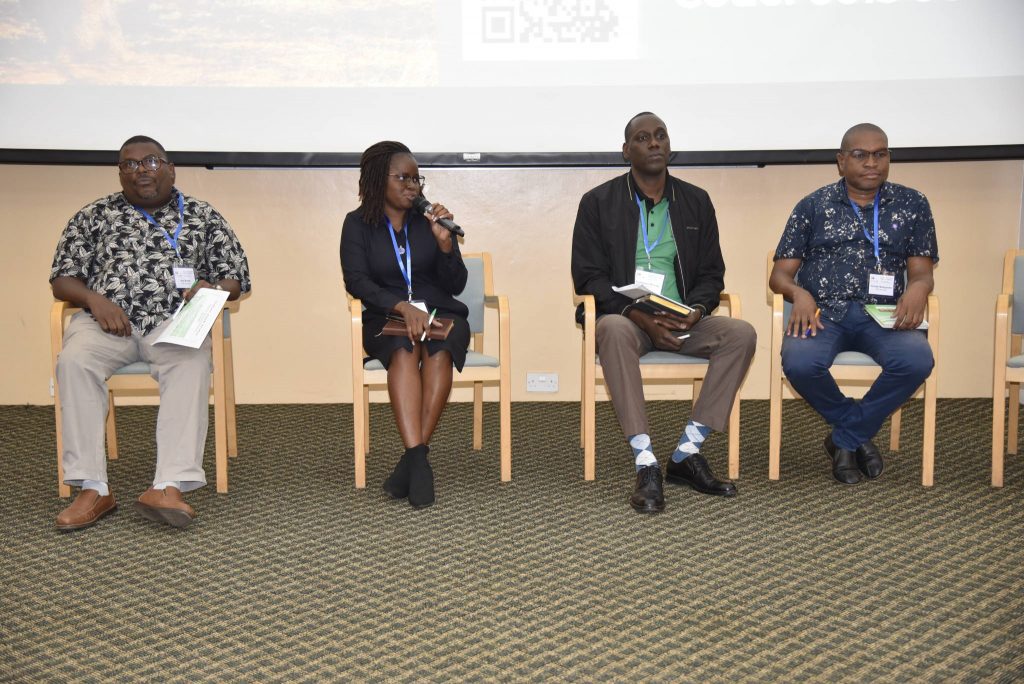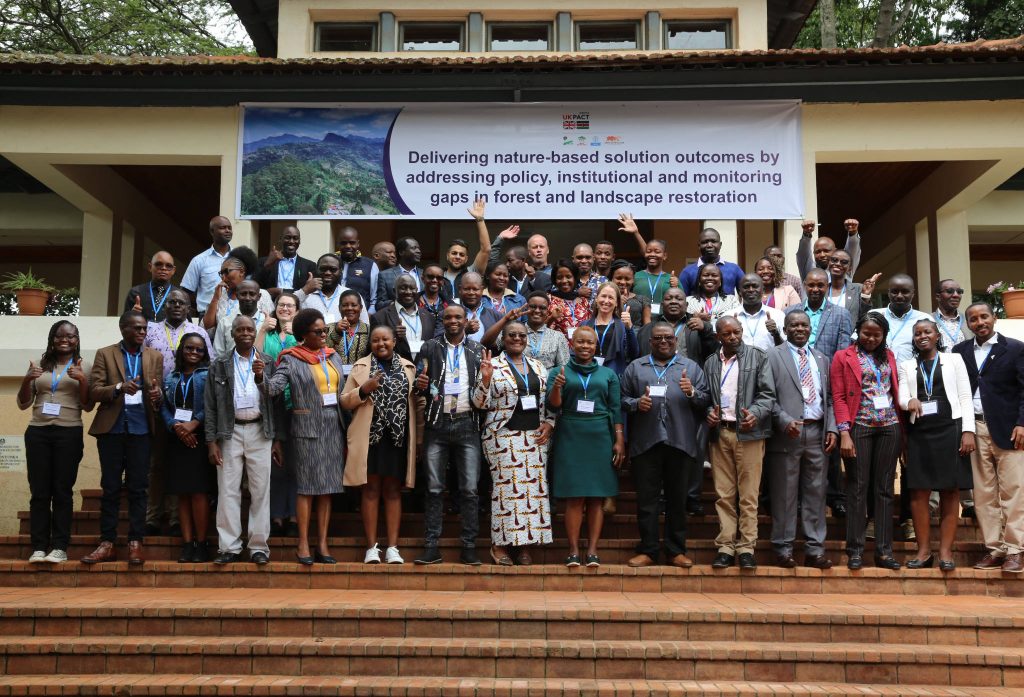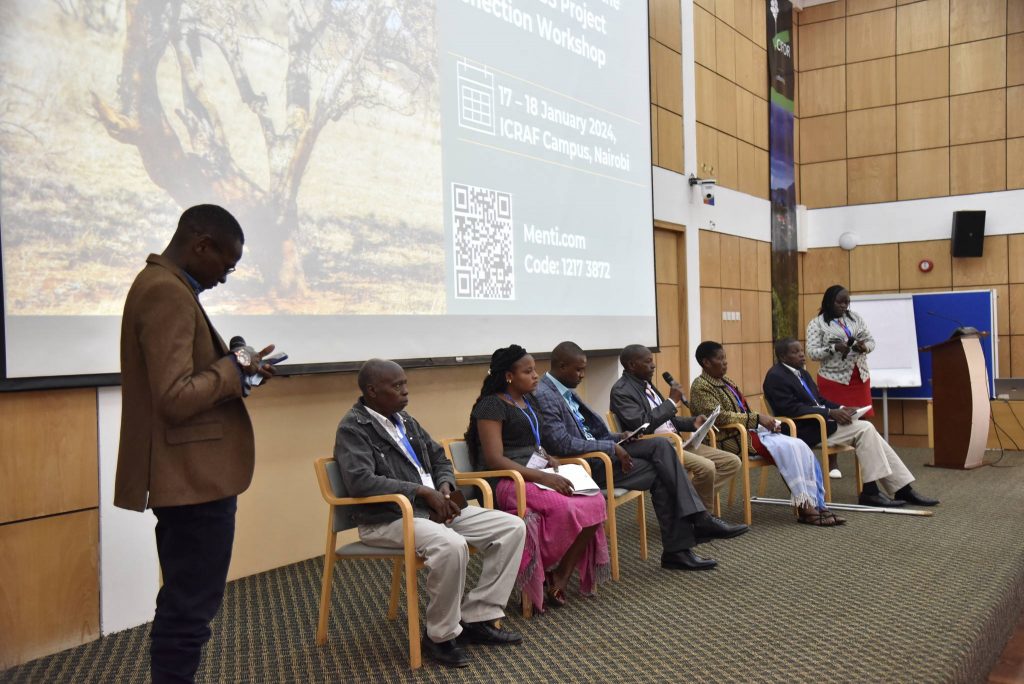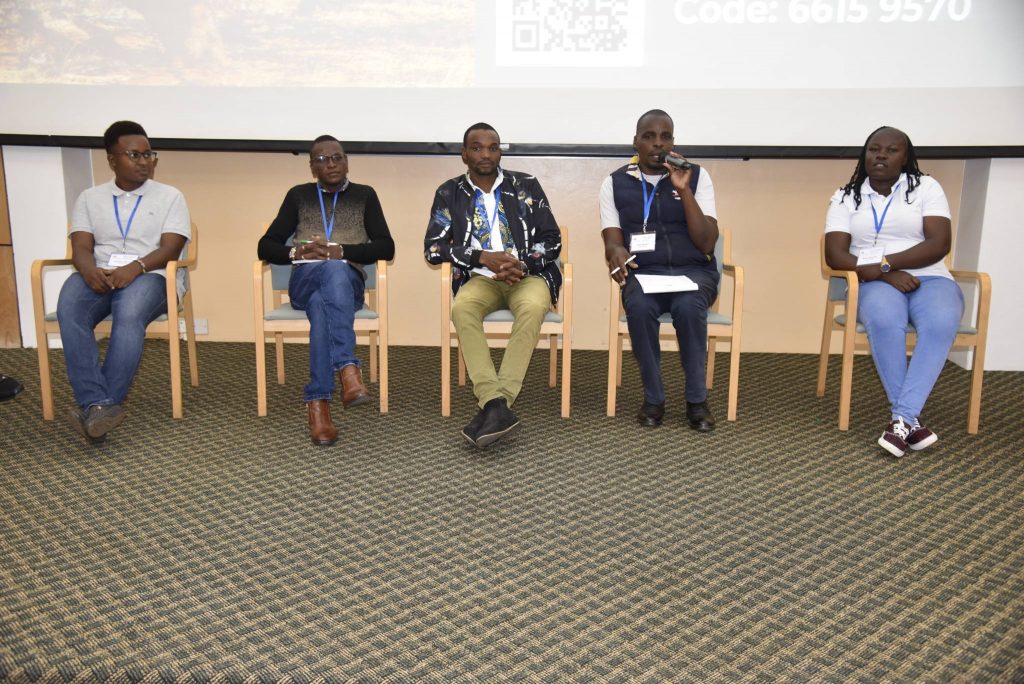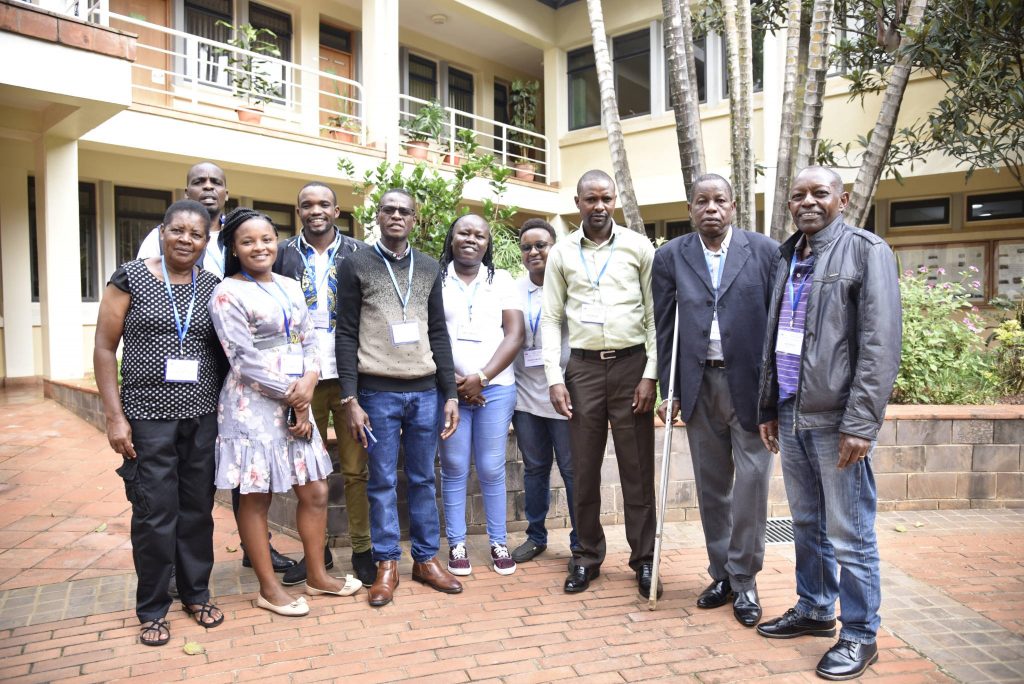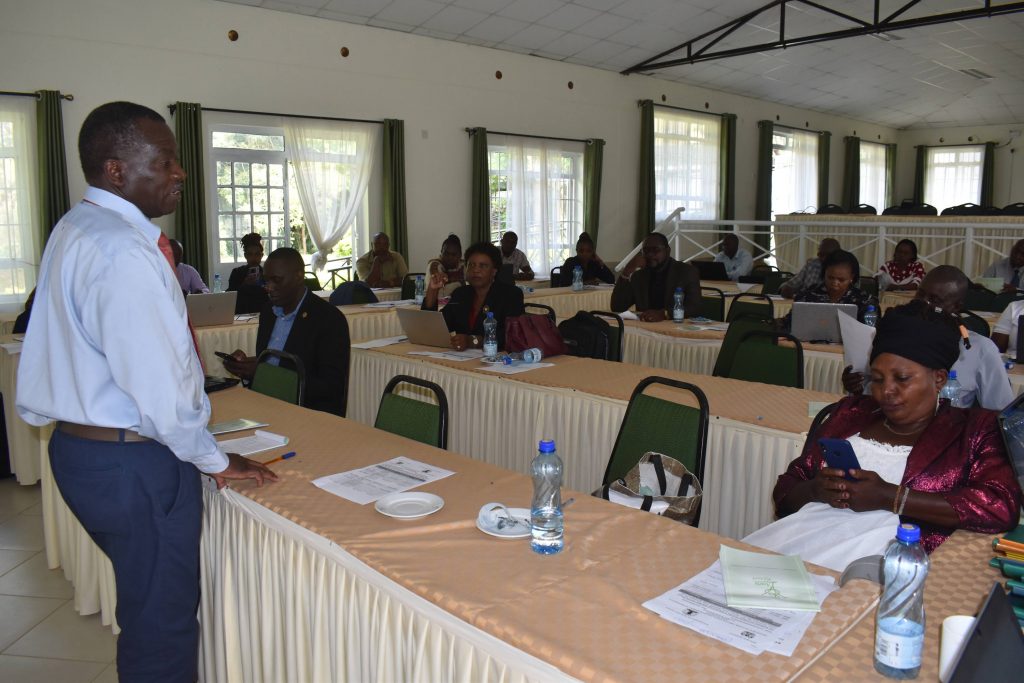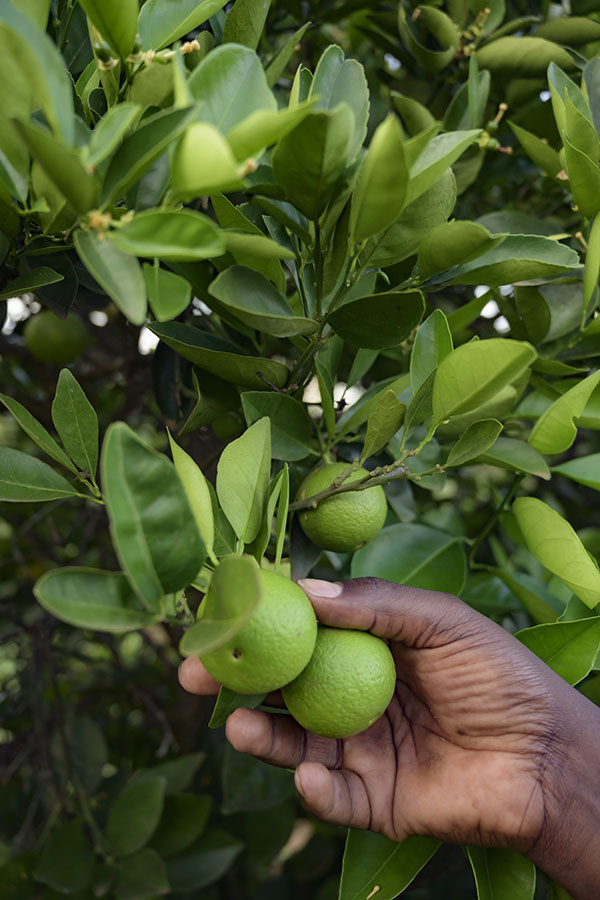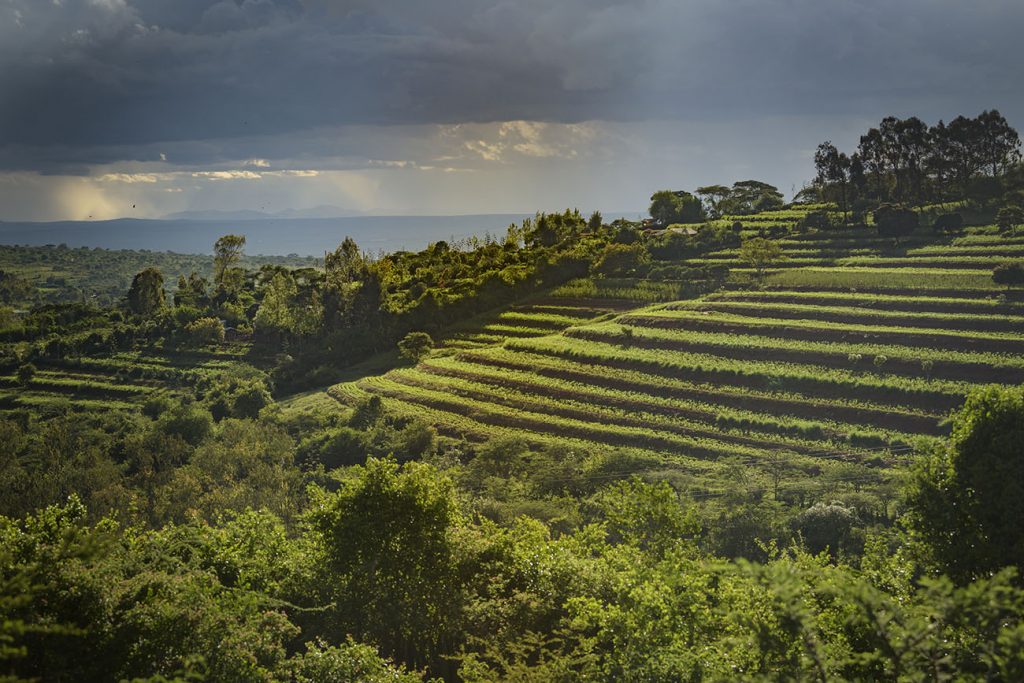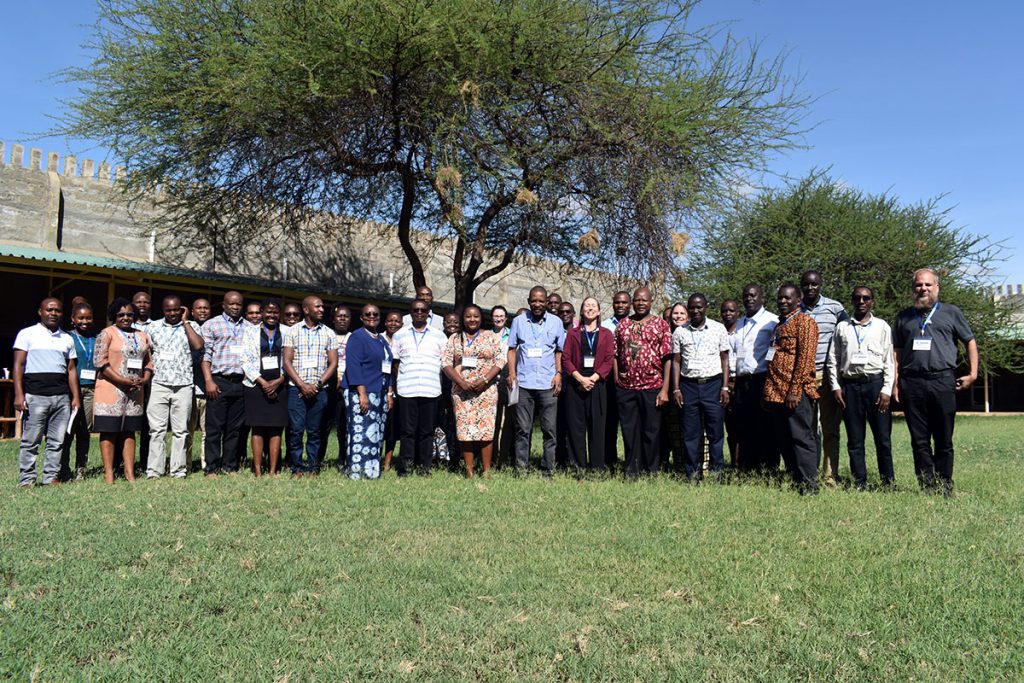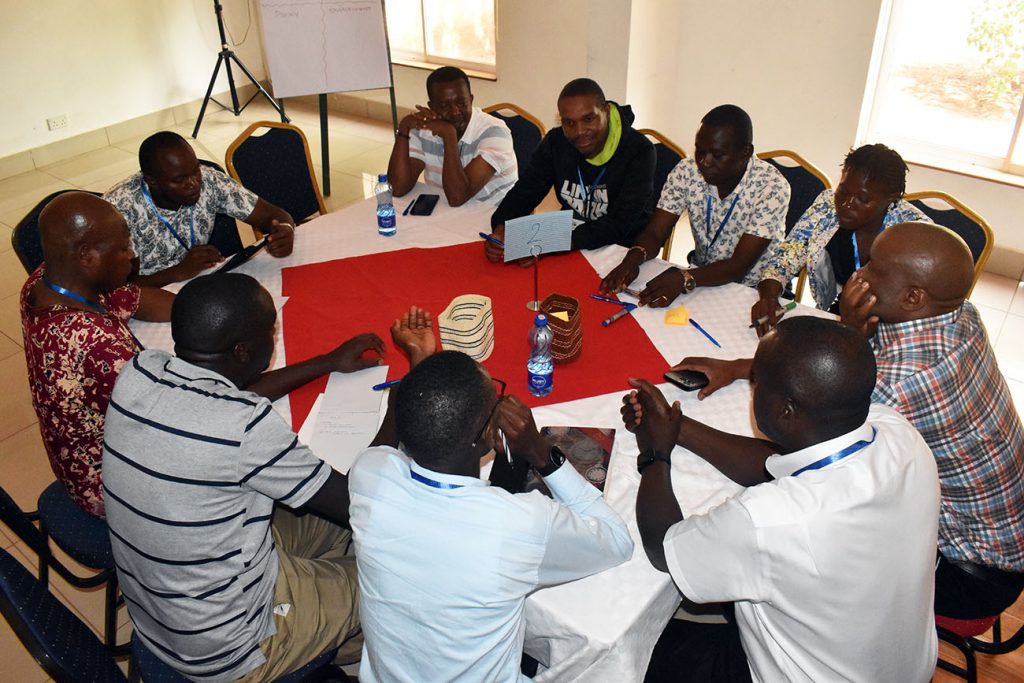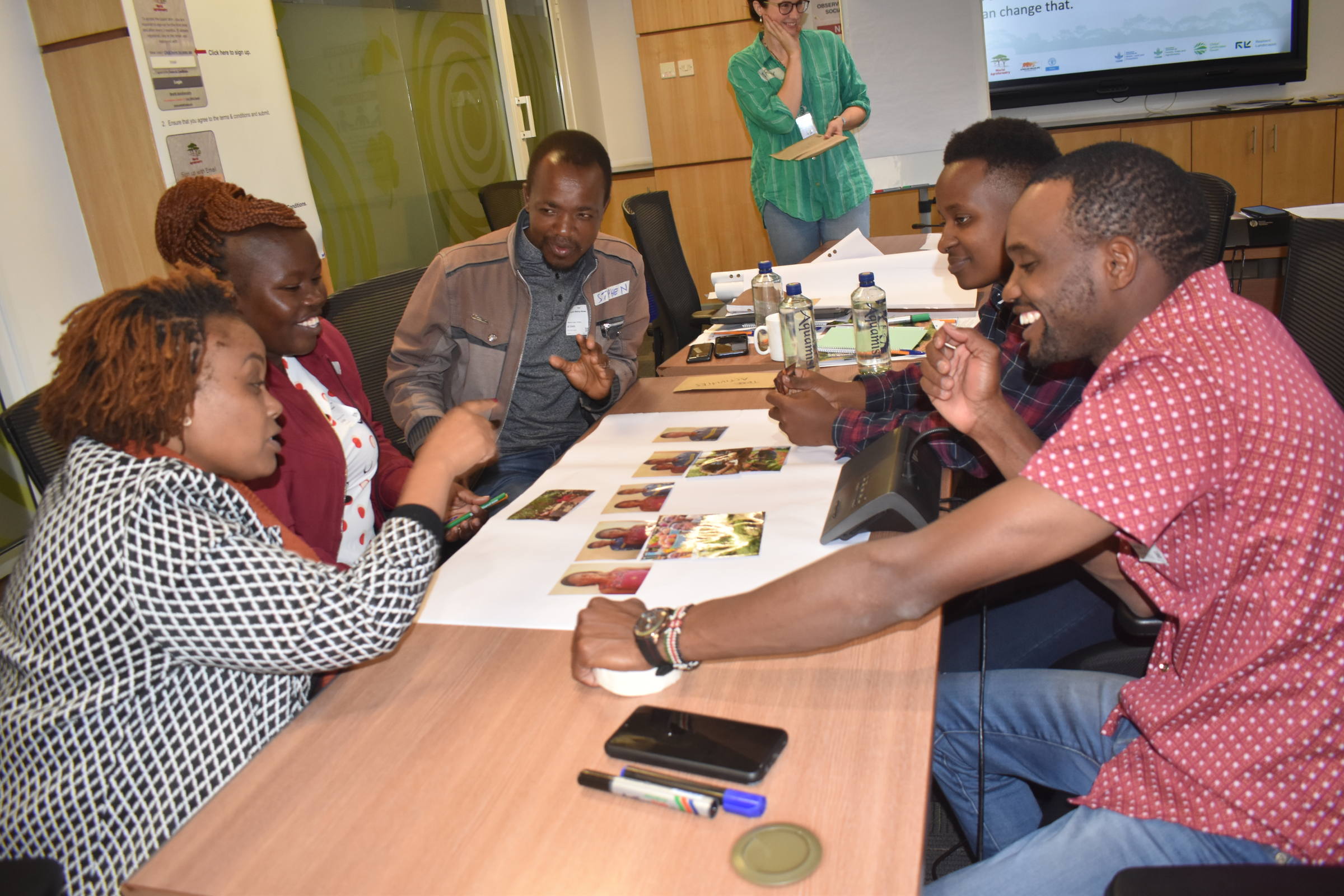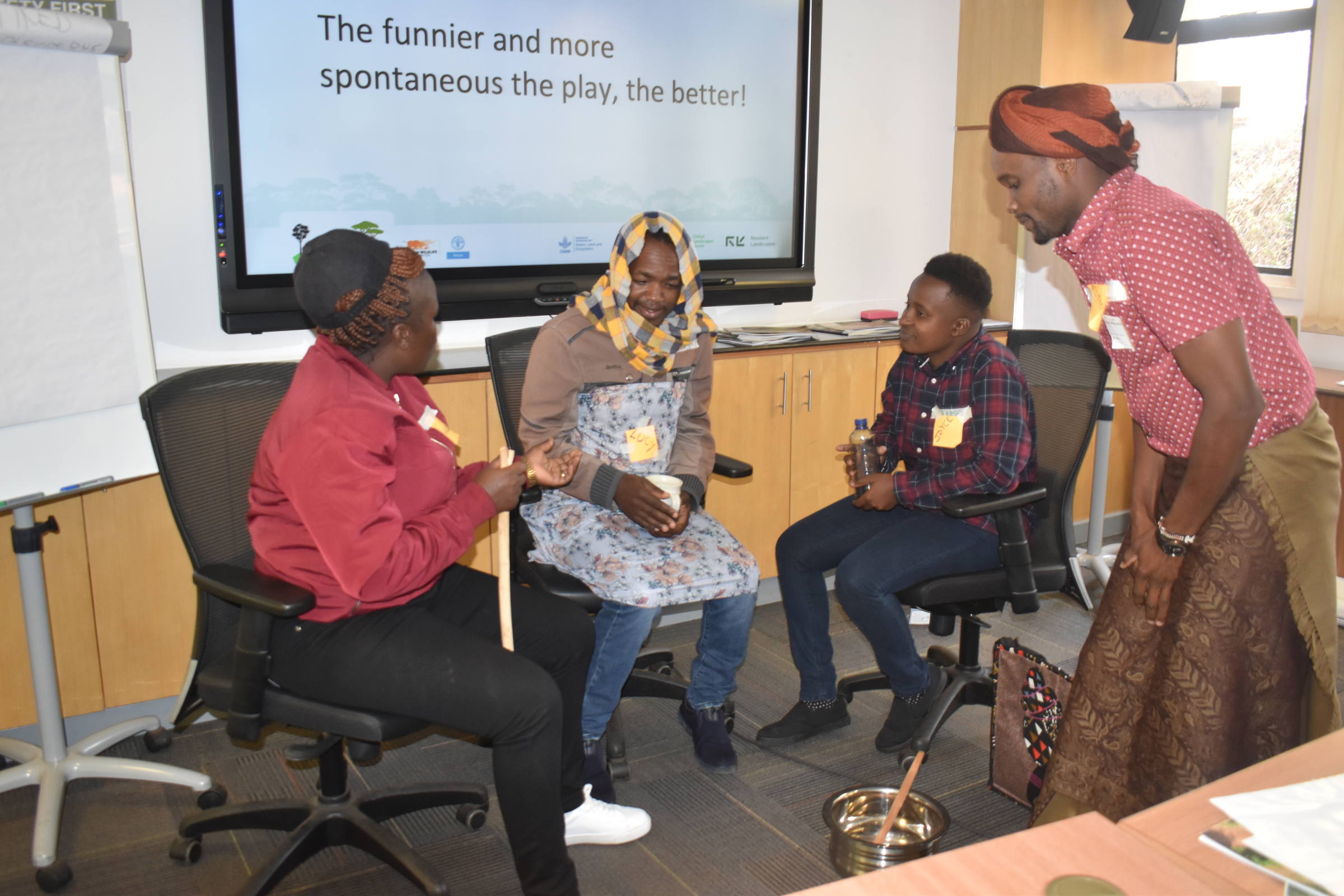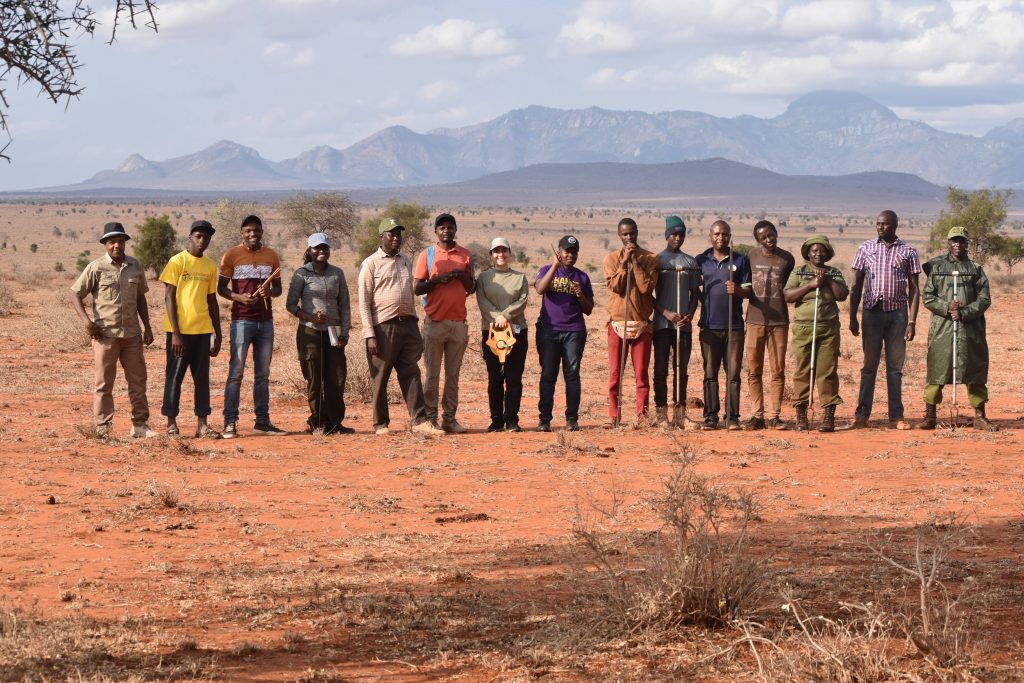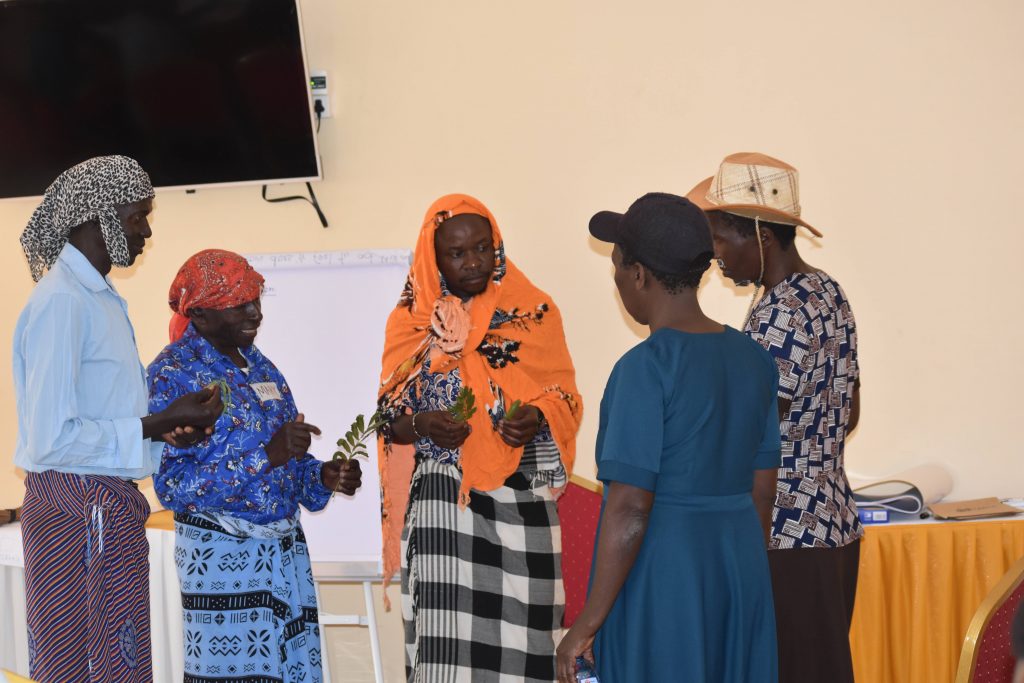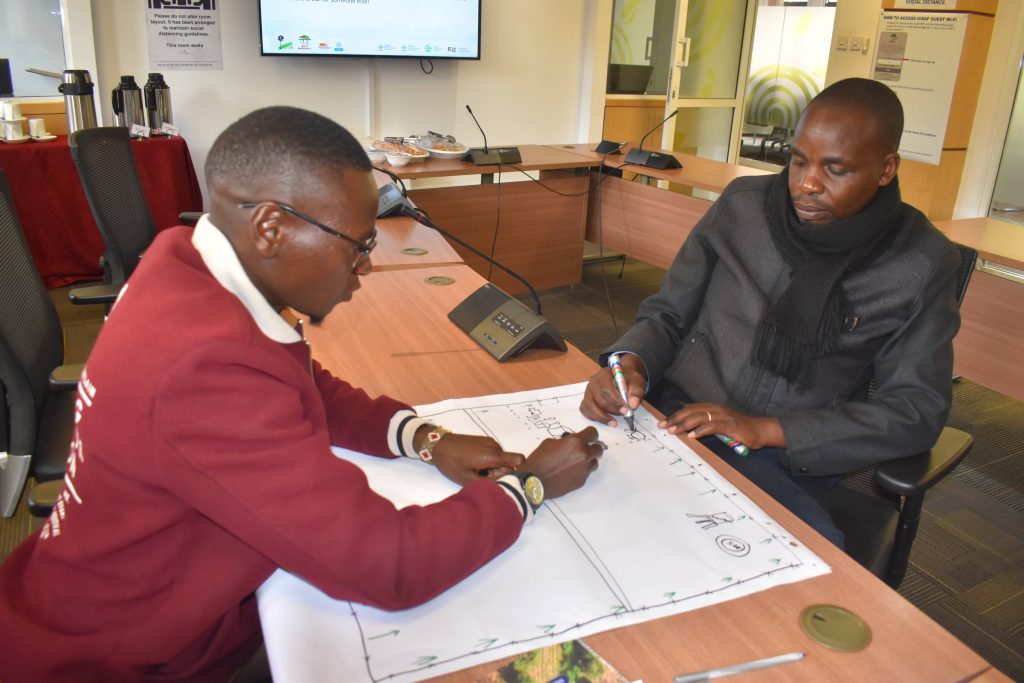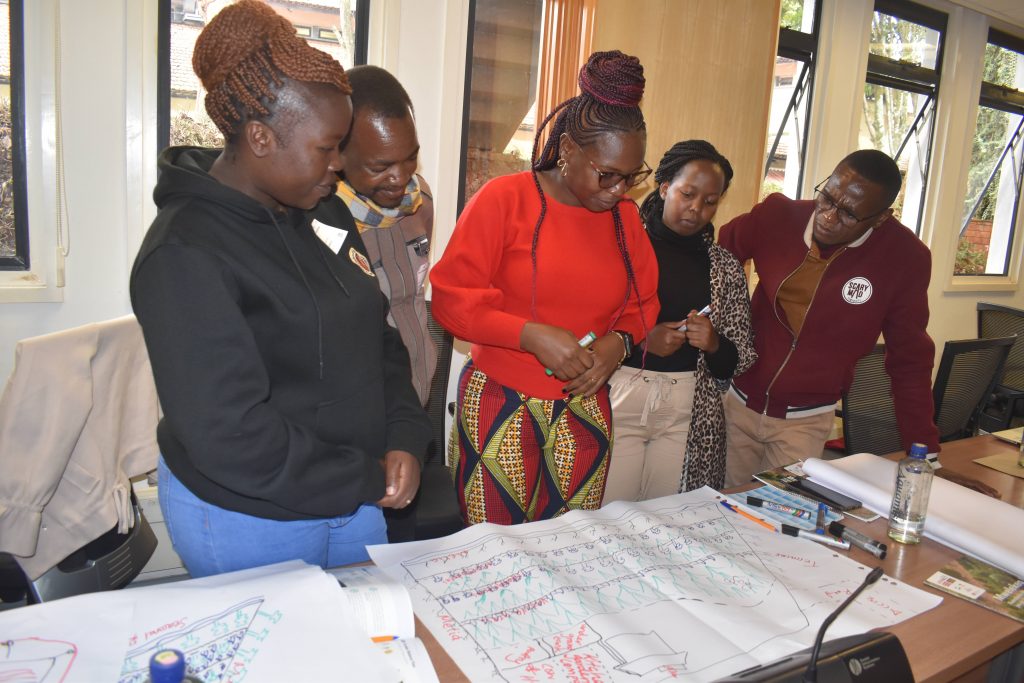Delivering nature-based solution outcomes by addressing policy, institutional and monitoring gaps in forest and landscape restoration
Nature-based solutions (NbS), including forest and landscape restoration (FLR), have the potential to increase biodiversity and ecosystem services, secure jobs and improve livelihoods, while accelerating action on climate change at local, national and international levels.
Unsustainable agricultural practices and over-exploitation of natural resources, including forest degradation, have eroded ecosystem health on over approximately 2 billion hectares globally, including 60% of agricultural and pastoral lands in Africa. This degradation continues to negatively impact 3.2 billion people globally resulting in reduced climate resilience, exacerbating poverty, food and nutrition insecurity, as well as fuelling land abandonment and involuntary migration while increasing vulnerability to climate change.
Nature-based solutions (NbS), including forest and landscape restoration (FLR), have the potential to increase biodiversity and ecosystem services, secure jobs and improve livelihoods, while accelerating action on climate change at local, national and international levels. This requires commitment from government officials and land managers to implement evidence-based policies that will deliver nature- based solution outcomes. In Kenya there is an urgent need to strengthen policy implementation at the community, county and national levels. This includes the development and implementation of gender transformative solutions for reduced emissions, as well as cross-sectoral coordination and co-learning around monitoring of FLR at the farm, county and national scale.
Contacts

Leigh Ann Winowiecki
Project principal investigator; Global Research Lead: Soil and Land Health, CIFOR-ICRAF; Nairobi, Kenya

Nancy Githaiga
Country Director, Kenya, African Wildlife Foundation

Meshack Muga
National Project Coordinator, The Restoration Initiative (GEF6) Food and Agriculture Organization of the United Nations Governance of Natural Resources Sub-Programme, Nairobi Kenya
Donor: UKPACT
Budget: GBP 1.8 million
Project duration: April 2023 – March 2025

